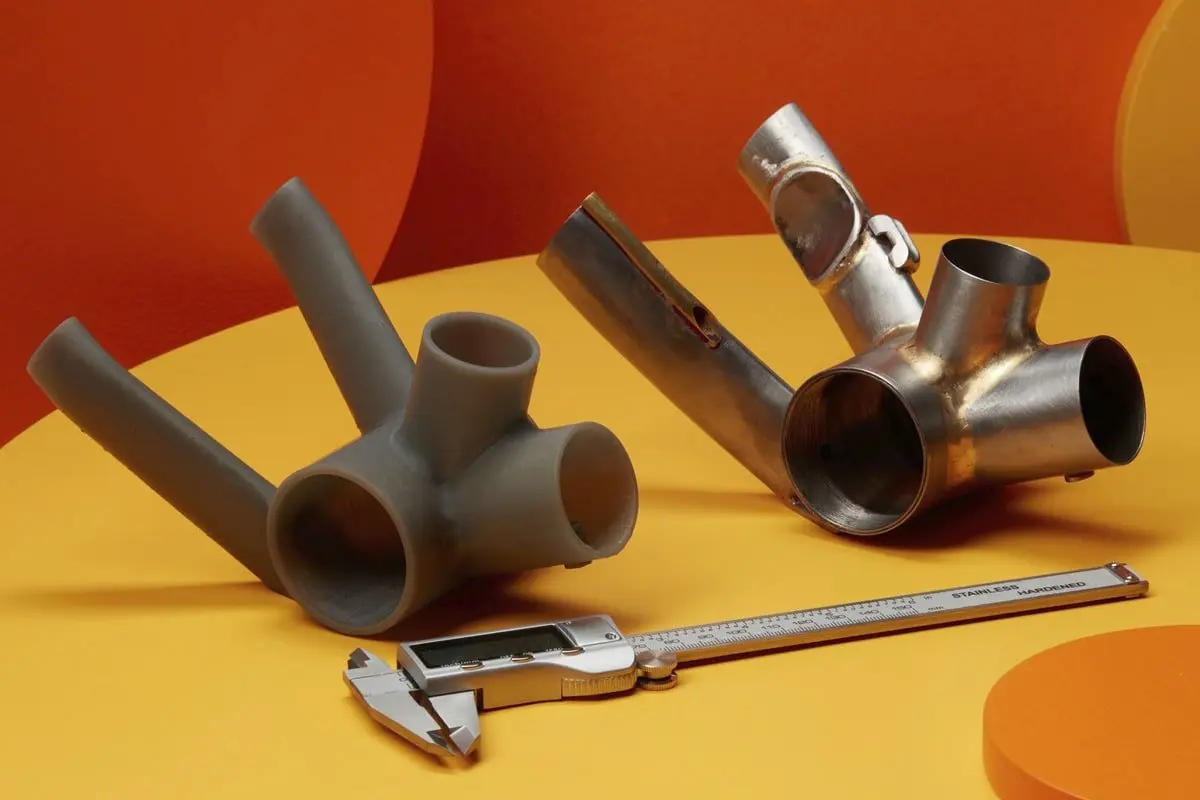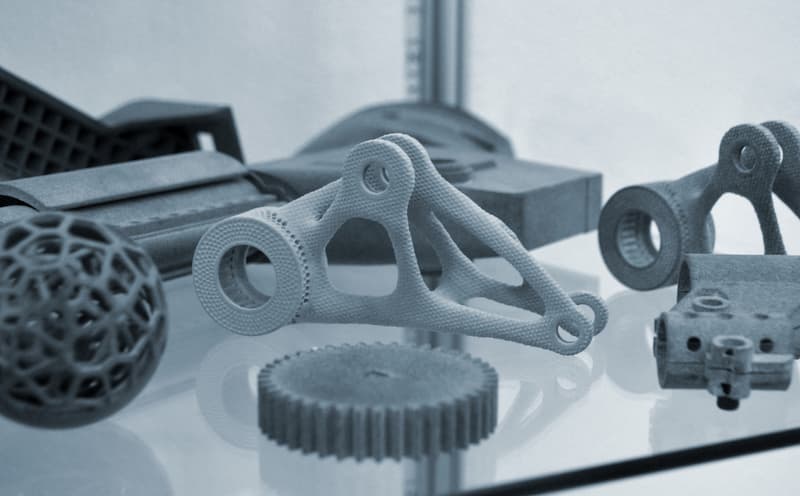Automotive teams rely on a 3d printing prototype service more than most people realize. It's quick, flexible, and lets engineers test ideas without waiting weeks for machining. You'll find designers huddled over fresh prints, tweaking shapes, comparing feels, and chasing performance gains that only fast iterations can reveal. Cars evolve through countless experiments, and 3D printing fuels that momentum. It's not just for show. It's for progress, and the industry uses it in surprisingly practical ways.
1. Early Concept Models That Kickstart Ideas
Automotive companies start with rough concepts, and 3D printing lets those early shapes become something you can actually touch. Engineers print simplified versions of bumpers, grilles, or entire interior parts just to see how they sit in space. It's a phase where nothing feels final, and that's the point. Teams walk around the model, poke at it, rethink proportions, and toss it back into the design loop. It speeds the messy beginning stages while keeping creativity alive.
2. Fast Iteration for Exterior Designs
Automotive exteriors change constantly before landing on the final form. Designers want to see a curve from different angles, compare two variations side by side, and check reflections under light. Instead of carving foam or waiting on tooling, they print a new version overnight. The next morning, it's ready for critique. That pace makes creative risks possible. It encourages small experiments that add up to bigger breakthroughs, giving teams a clearer path to aerodynamic, stylish surfaces.

3. Functional Interior Part Prototypes
The inside of a vehicle must feel right. Buttons, knobs, vents, cupholders, grip textures, and door handles all matter. With 3D printing, teams can hold these parts in their hands early on. They test to reach comfort, check how materials might behave, and confirm dimensions long before committing to molds. Sometimes they print a full dashboard section to see how everything lines up. These trial pieces reveal ergonomic insights that never show up on a screen.
4. Rapid Engineering Validation and Fit Testing
Engineers need to know if new systems actually fit within the car's architecture. A printed prototype of brackets, mounting points, housings, or ducts makes that validation real. They place the part inside a test vehicle, see if it bumps into wires, or confirm airflow paths. A digital model may look perfect, but real cars always have surprises. 3D printing exposes those surprises early. Fixes that once took months now take days, smoothing development cycles dramatically.
5. Customized Jigs and Fixtures for Assembly Lines
Automotive factories rely on jigs, guides, holders, and tools that keep assembly fast and consistent. Before 3D printing, creating these fixtures took time and money. Now, manufacturers design custom tools unique to each station and print them quickly. Some tools include ergonomic tweaks so workers grip them without strain. Others cradle delicate parts during assembly. Every improvement boosts accuracy and safety. It's a quiet use of 3D printing, but one that saves companies massive costs across entire production lines.

6. Testing Materials and Strength Before Mass Production
Automotive components must survive heat, vibration, pressure, and real-life abuse. 3D printing lets engineers create test pieces in different materials to compare durability. They might print a hinge mechanism or a support bracket, run stress tests, and refine shapes based on weak points revealed. Even though final parts may use metal or injection molding, the printed versions still provide valuable insight. They highlight stress concentrations and help designers adjust early before committing to expensive production methods.
7. Prototyping Complex Mechanical Systems
Some automotive systems are too complicated to understand on a flat screen. Think of multi-part assemblies like throttle bodies, evaporative systems, cooling ducts, or transmission covers. With high-resolution printing, engineers build scaled or full-size models with moving elements. They take them apart, study how sections interact, and troubleshoot alignment issues. These physical models shrink the risk of costly mistakes. Instead of guessing, the team sees real behavior in their hands, helping them refine the mechanical choreography under the hood.
8. Low-Volume Production for Specialty Vehicles
Some car models don't need mass production. Specialty vehicles, concept cars, racing prototypes, and custom trims require unique parts that may never hit assembly lines. 3D printing fills that gap. Manufacturers create durable pieces in small batches without tooling costs. Designers tweak shapes at the last minute, and production keeps moving. It's a flexible solution when precision matters more than quantity. For teams working on unique automotive builds, it's almost impossible to imagine the workflow without on-demand printing.
9. Enhancing Aerodynamic Testing Through Physical Models
Wind tunnel testing still matters, and physical models reveal airflow details that digital simulations occasionally miss. Automakers print scaled-down versions of cars, swap out spoilers or mirror designs, and check drag differences immediately. Some models include tiny channels for smoke flow visualization. Engineers adjust surfaces, try new angles, and experiment with wild ideas. That fast, hands-on testing helps refine fuel efficiency and performance. Even small aerodynamic improvements can translate into bigger savings on the road.

10. Validating Safety Components and Crash Prototypes
Safety parts must perform flawlessly. Before final manufacturing, engineers print housings, mounts, and components used inside crash testing rigs. These printed parts don't replace metal versions, but they help validate geometry, spacing, sensor placement, and structure layouts. Technicians walk around the printed assemblies, spot issues, and refine them before the real tests begin. It's a behind-the-scenes step that keeps development tight and prevents expensive redesigns. This early physical validation contributes directly to safer vehicles.
Conclusion
Automotive teams use 3D printing because it lets them experiment without fear and refine ideas faster than traditional methods ever allowed. It keeps progress moving, even when designs shift overnight. The final stages of creating a vehicle rely on countless early models that bridge imagination and reality. In that sense, technology is less about convenience and more about clarity. It brings ideas into the real world quickly, which strengthens every stage of prototype product design.






